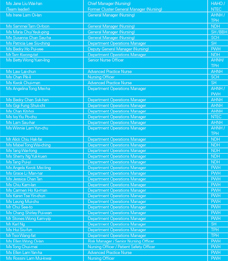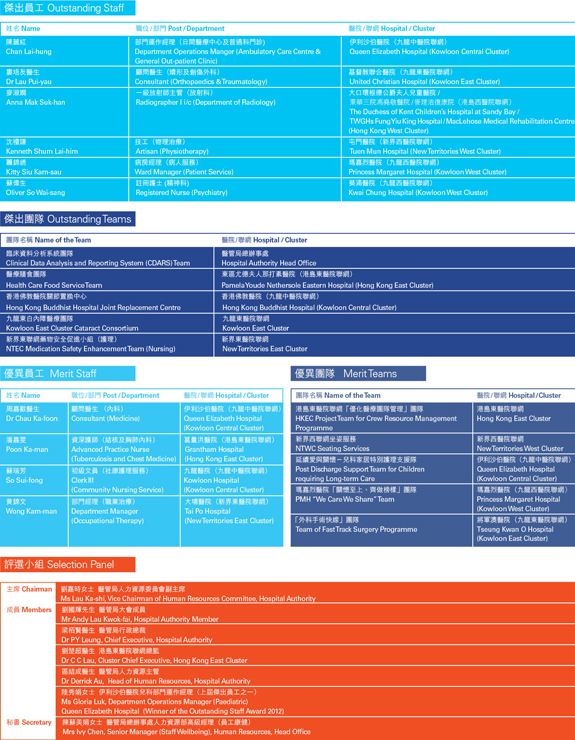A quiet revolution in catering services
Health Care Food Service Team Pamela Youde Nethersole Eastern Hospital (Hong Kong East Cluster)
“Wow, this steamed fish is delicious.”
“The quality and temperature of the meals are good.”
“The hospital serves special fish soups to nursing moms helping them to breast-feed.”
Outsiders are always concerned about the catering services for patients. The Health Care Food Service Team of Pamela Youde Nethersole Eastern Hospital (PYNEH) began making revolutionary changes to its food-preparation methods and the quality of its catering services 17 years ago. The innovation started at PYNEH, which had just been opened at the time.
Clara Pi, the team’s leader says change began in 1996 when her team piloted cook chill technology in food production and later implemented cold-plating / end point retherm technology. This technology enables efficient production of safe quality foods in large quantities while maintaining nutrition. This new food production and meal service model became the new direction of the Hospital Authority’s patient food service.
They also worked with their IT colleagues to design, develop and implement the Dietetics Catering Management Computer System (DCMS). DCMS is a comprehensive system encompassing diet-order entry, food purchasing, production scheduling, menu planning and nutrient analysis. DCMS facilitated the standardisation of recipes and integration of regular and therapeutic diets. This system has now been rolled out to all hospital in HA.
Later, the team started to focus on the environmental impact of the nutrition of foods they serve to patients. They implemented a “meat replacement” programme in 2006, where textured soy protein replaced 30% of the meat in meat-cake recipes, and started the “meatless Monday” programme in 2010, in which money saved from buying meat is used to purchase organic vegetables for the patients. In 2011, they implemented the “meat reduction” Balanced Menu programme recommended by the WHO Healthcare Without Harm initiative. This enables the promotion of patient health and our environmental protection.
To reduce food waste, the team has worked with nursing and IT staff and has successfully cut down on meal tray waste from the wards and portions of rice. From 2011 to 2012, PYNEH saved a total of 42,157 kg of food, or an equivalent of HK$431,595.
Currently, the team provides 18,000 meals to 10 hospitals every day, making it the HA’s most effective catering department. Clara says special thanks are due to the great efforts of her colleagues in the kitchen, dietetics department, information technology services department, wards, receptor hospitals and the central food procurement department.
She also feels grateful to the first PYNEH Chief Executive, Dr Pamela Leung, and Mrs Mary Wan, Cluster General Manager (Administrative Services) at HKEC. “They supported me in implementing the new technology that has helped us to improve the quality of our meals, thus leading to today’s achievements.” The team will continue to pursue their mission on health and environmental protection in patient food service through innovation in a bid to assure patient satisfaction.
|
|
|
|
Cook chill technology makes it possible to produce 2,000 cook-chill meals in two-and-a-half hours for receptor hospitals. |
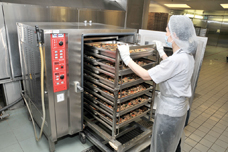 The team adopted the low-carbon concept and implemented a “meat replacement” programme in 2006. |
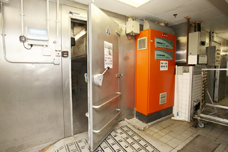 A blast chiller quickly lowers the temperature of steamed and baked menu items safely. |
|
|

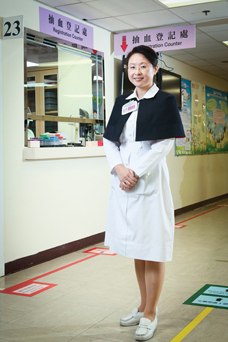
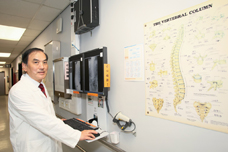
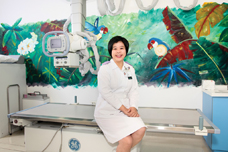
_228.jpg)


_228.jpg)
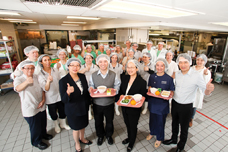
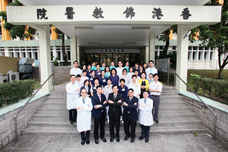
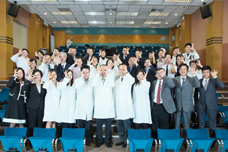
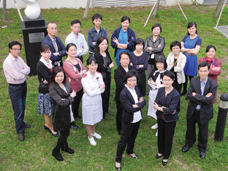
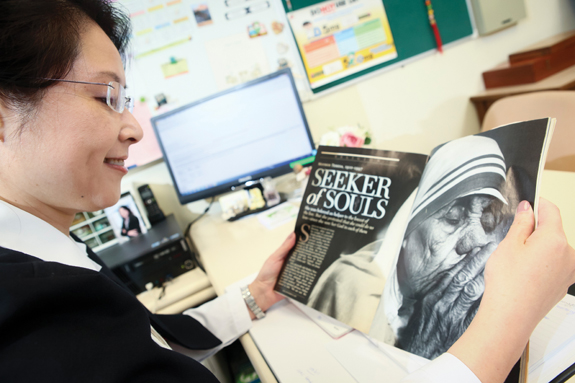
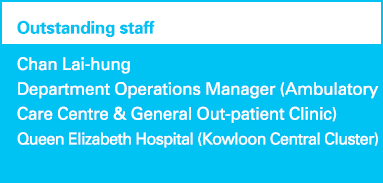
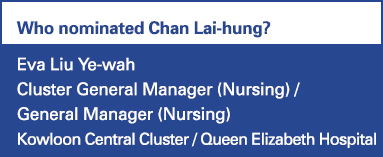

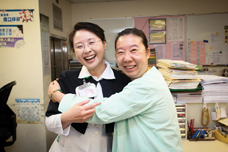
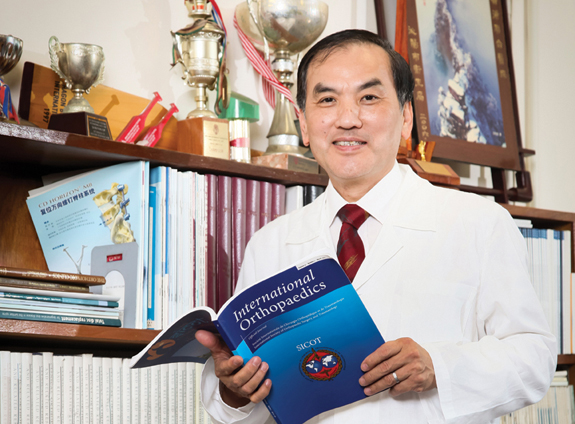

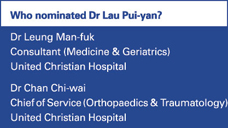
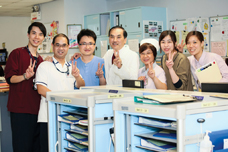
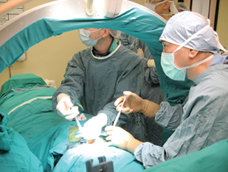
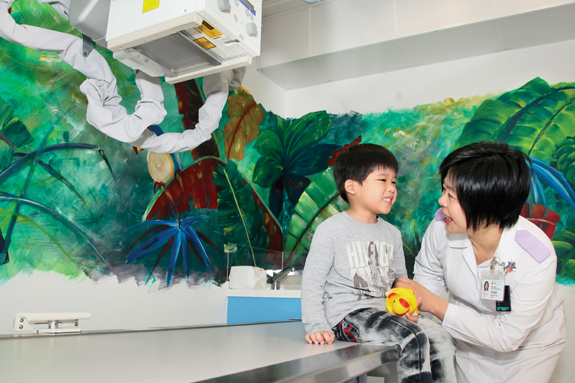
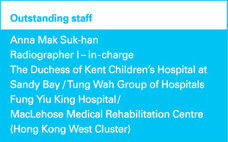

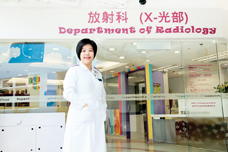
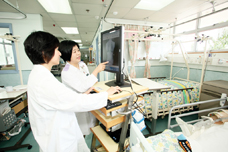
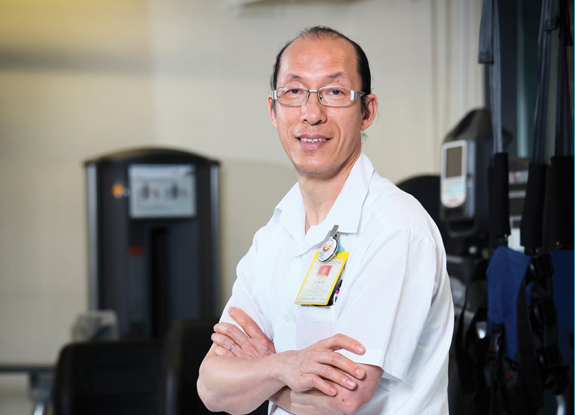


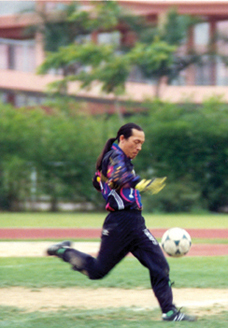
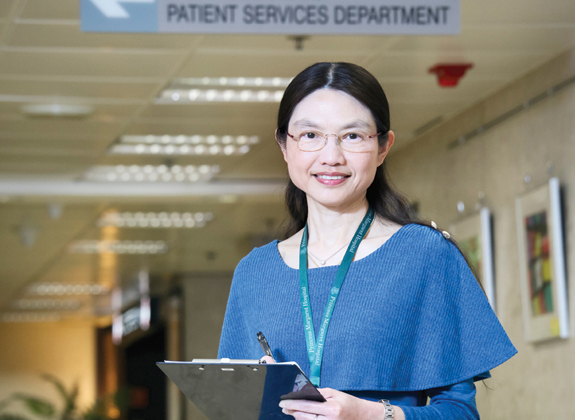

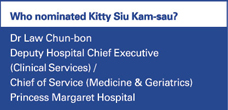
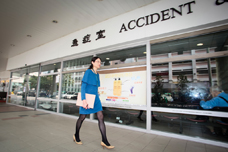
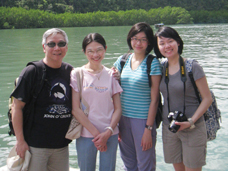
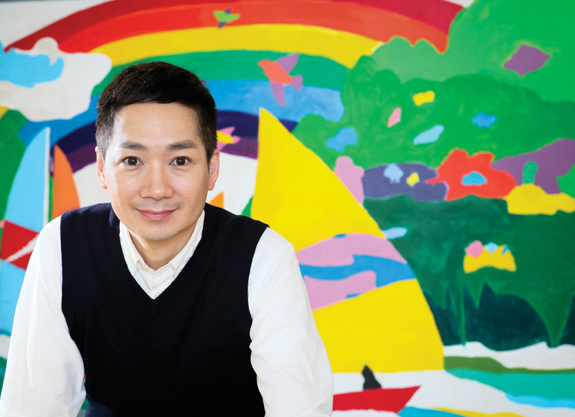


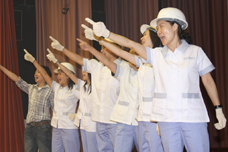
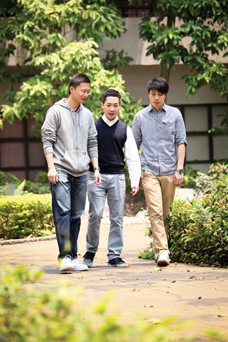
.jpg)
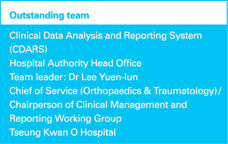
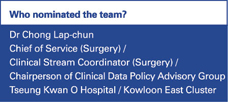
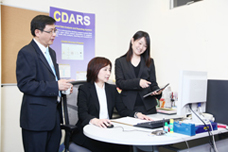
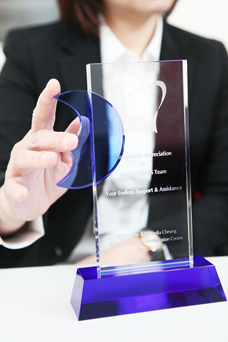
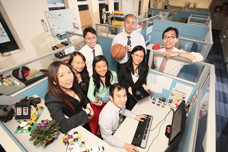
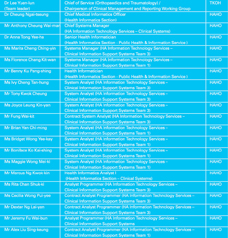
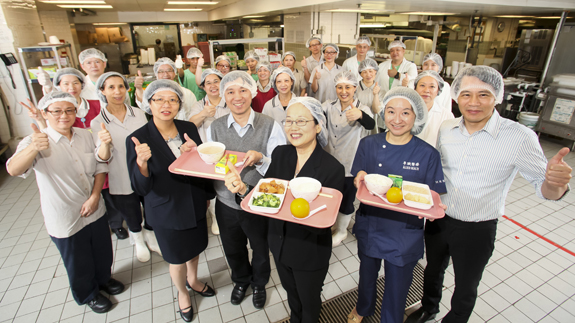
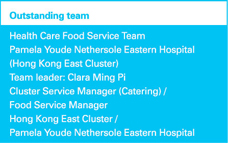

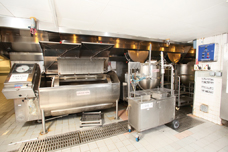
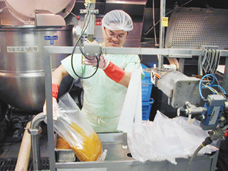


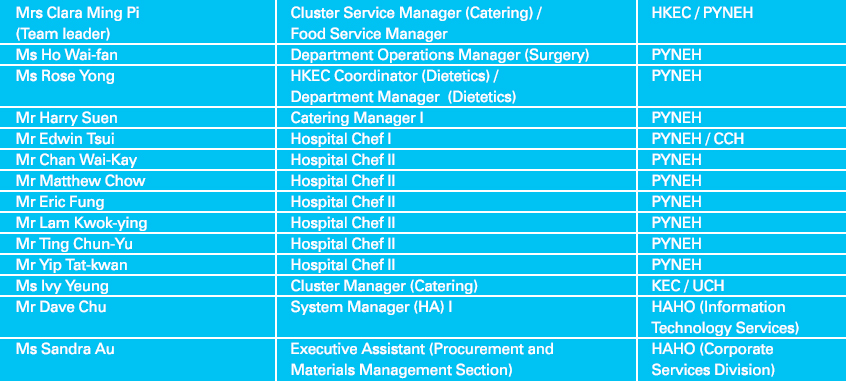
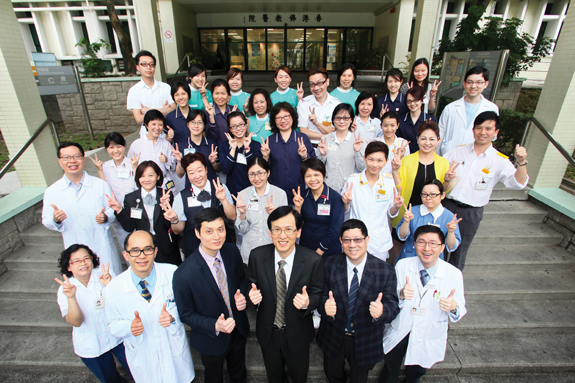
_228.jpg)
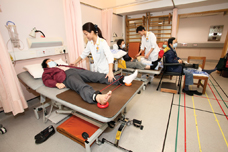
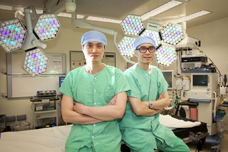
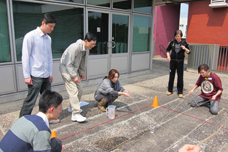
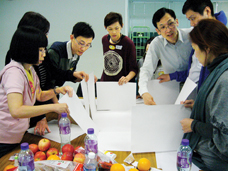
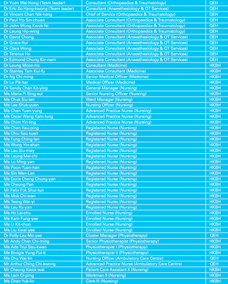
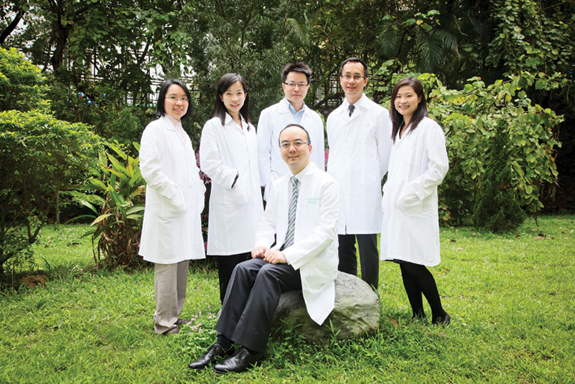
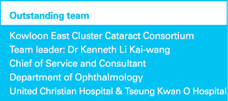

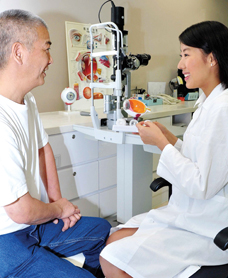
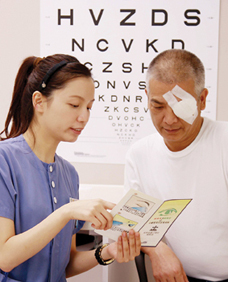
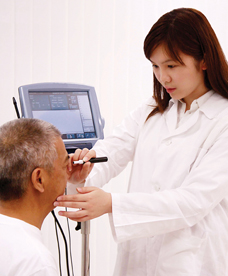
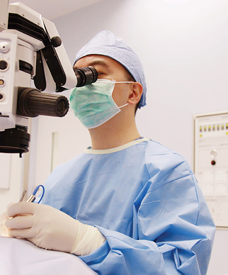
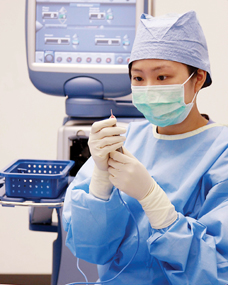
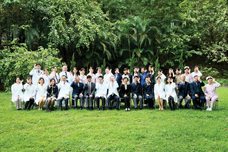
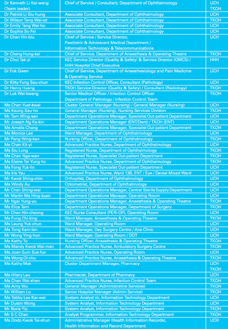
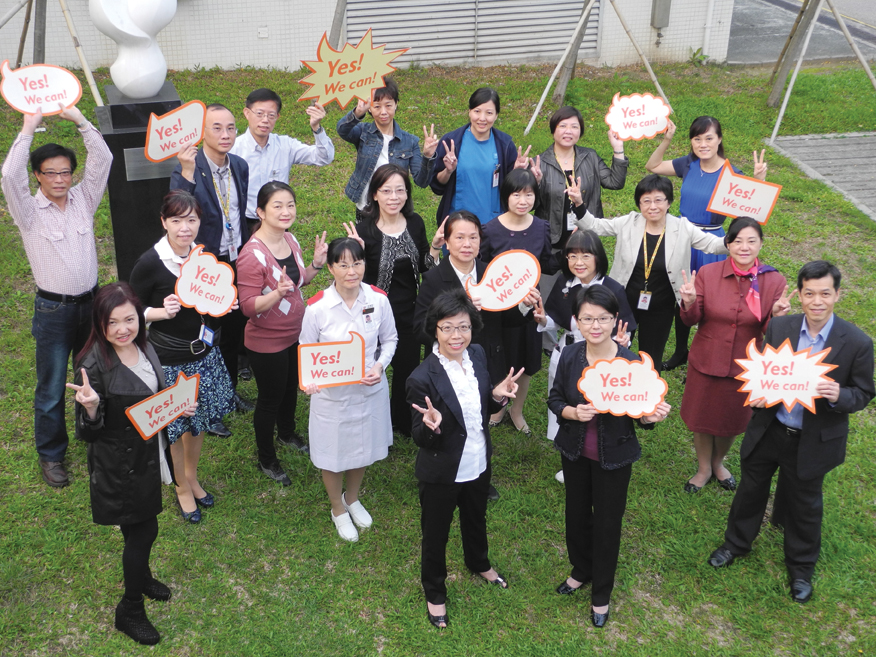
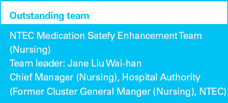

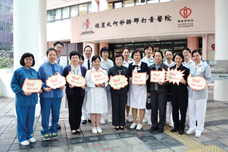
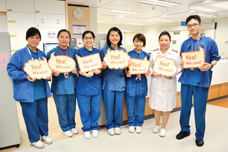
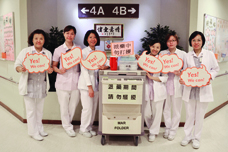
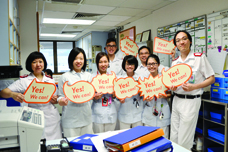
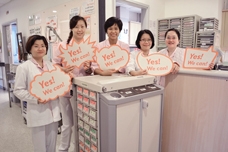
_228.jpg)
_228.jpg)
